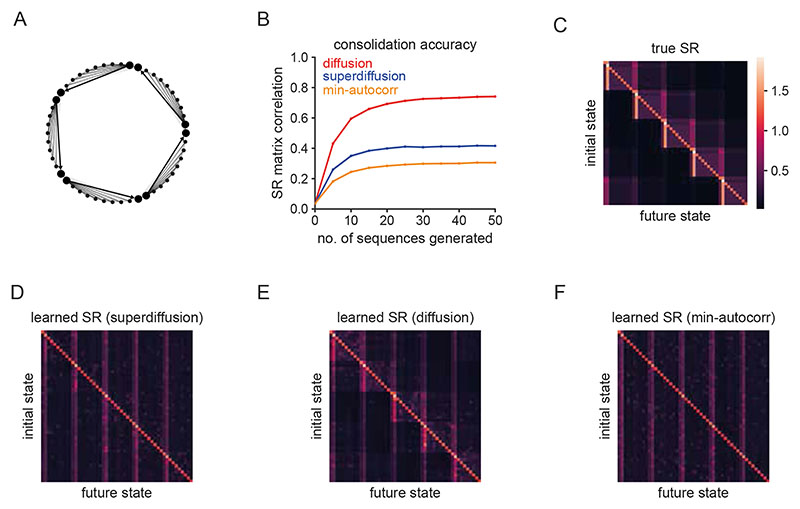Figure E4. Diffusions are optimized for consolidating directed transition structures.
Three regimes of sequence generation are compared in terms of consolidating a directed policy on the same graph used in Fig. 7 where the policy was assumed to be undirected (i.e. a random walk). A. The directed policy is dominated by high probability anti-clockwise transitions (heavy black arrows) between the clique bottleneck states (highlighted by increased size). Within each clique, transitions to the bottleneck state facilitating an anti-clockwise transition to the next clique are relatively likely to occur. B. The same rank order as in Fig. 7C is observed with the diffusive regime leading to the most accurate consolidation of the directed policy successor representation (SR). C. The true directed policy SR. D, E, F. The SRs learned via superdiffusion, diffusion, and minimally autocorrelated sampling respectively. Note that the superdiffusive and minimal autocorrelation regimes identify the the dominant anti-clockwise transition structure but fail to reflect the clustering of states based on their clique membership. This simulation indicates that the diffusive regime is optimal for consolidation regardless of whether the target transition structure corresponds to a random walk or not.

